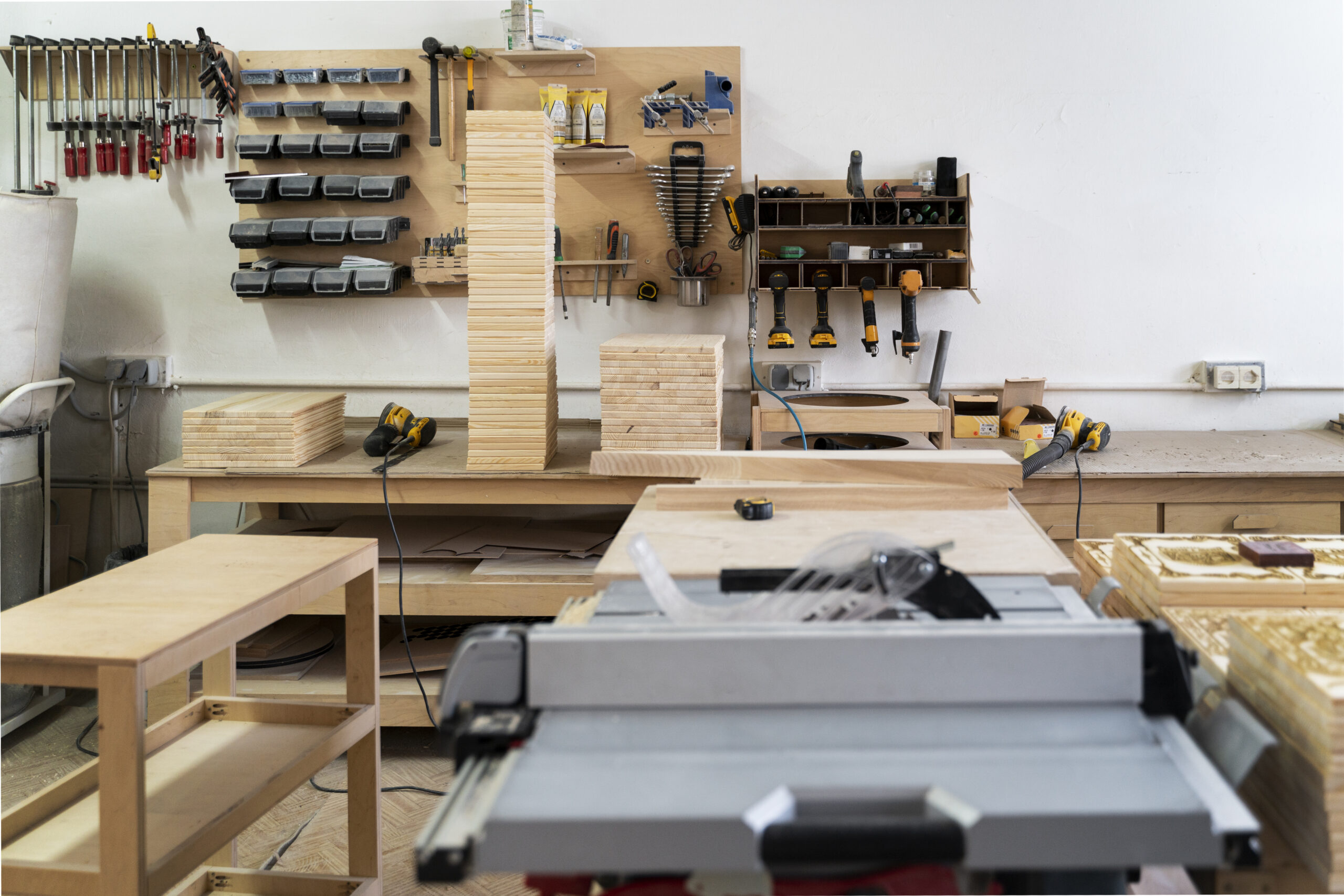Finish Sanders vs Orbital Sanders
Sanding is a critical step in woodworking and finishing. It involves smoothing surfaces and preparing them for paint, varnish, or stain. The right sander can make a significant difference in the quality of the finish. Finish sanders and orbital sanders are two popular types of sanders. Each has its own advantages and use cases.
Understanding Finish Sanders
Finish sanders, often called palm sanders, are compact and easy to handle. They are excellent for fine woodworking projects. These sanders use a rectangular sanding pad that moves in small, circular motions. The paper is clamped at the sides, making it easy to change.
Finish sanders are ideal for detail work. They provide a smooth finish without removing too much material. The small circular motion helps in preventing swirl marks. Woodworkers often use them between coats of stain or paint to achieve a high-quality finish.
Different Types of Finish Sanders
There are a few different styles of finish sanders available. The most common is the quarter-sheet sander. This name comes from the use of a quarter sheet of standard sandpaper. These sanders are perfect for corners and edges. They are light and easy to maneuver.
Another type is the detail sander. These have a triangular-shaped sanding pad. Detail sanders reach into tight spaces and awkward angles with ease. They are another great option for precision work.
Advantages of Finish Sanders
Finish sanders are praised for their control. They are perfect for delicate projects. Another benefit is that they produce less noise and vibration. This makes finish sanders perfect for small spaces where noise control is important.
These sanders are typically less aggressive than other types. This means a lower chance of accidentally damaging the material. Less aggressiveness results in a smoother surface finish.
Understanding Orbital Sanders
Orbital sanders offer versatility in sanding tasks. Unlike finish sanders, orbital sanders have a round pad. This design makes them ideal for removing old paint, varnish, or rust. The sandpaper attaches with a hook and loop system for quick changes. Orbital sanders move the sanding pad in a random motion.
This random motion pattern helps prevent swirl marks. It also makes the sander suitable for a wider range of sanding tasks. Orbital sanders are a good balance between performance and finish quality. They are faster at removing material compared to finish sanders.
Different Types of Orbital Sanders
Orbital sanders come in two main types: random orbit and standard orbit. Random orbit sanders use a dual-action rotation. This motion combines circular and elliptical pathways. This randomness prevents unsightly patterns on the surface.
Standard orbit sanders have a simpler movement. They are often used for fast material removal. However, they may leave circular marks if not used properly. Both types come in various power levels and sizes, suiting different tasks.
Advantages of Orbital Sanders
Orbital sanders excel in removing old finishes quickly. They work well on large, flat surfaces. Their aggressive performance makes them ideal for preparing surfaces for refinishing.
The random orbital motion is excellent for blending surfaces. It minimizes the risk of visible scratches. Many models come with variable speed settings, allowing for better control of the sanding process.
Dust collection systems are common in orbital sanders. These systems help maintain a cleaner workspace. Reducing the dust in the air is better for health and results in fewer imperfections in the finished piece.
Key Differences
The main difference lies in their sanding action and the intended use. Finish sanders are better for fine detail work and final finishing. They excel in delivering smooth results without aggressive material removal. Orbital sanders are more versatile and suitable for various sanding tasks. They can handle surface preparation and finish removal efficiently.
Finish sanders are lightweight, smaller, and quieter. They are easy to control for precision work. In contrast, orbital sanders are powerful and fast. They can tackle larger tasks, from stripping paint to smoothing rough surfaces.
Choosing the Right Sander
- Project Type: Consider the size and nature of your project. For detailed, smaller projects, a finish sander may suffice. For larger, more demanding surfaces, an orbital sander is ideal.
- Material Sensitivity: Softwoods or delicate projects require a finish sander. If the project involves heavy-duty sanding, such as removing layers of paint, choose an orbital sander.
- Workspace Environment: Consider the workspace noise and dust tolerance. Finish sanders are quieter and produce less dust. Orbital sanders with dust collection are better for cleanliness.
- Ergonomics: How the tool feels is crucial for extended use. Ensure the weight and grip are comfortable for you.
Using Your Sander Safely and Efficiently
Follow some practical tips for optimal results. Always wear suitable personal protection like goggles and masks. This reduces exposure to dust and particles. Ensure the sandpaper is properly secured before starting. Loose sandpaper can lead to poor results or damage.
Move the sander consistent with the material’s grain. This reduces the chance of unwanted scratches and enhances the finish quality. Avoid putting excessive pressure on the sander. Let the tool do the work for you. This prevents uneven results and extends sander life.
In conclusion, the right sander depends on your project needs and expertise. Both finish and orbital sanders have their place in woodworking.
